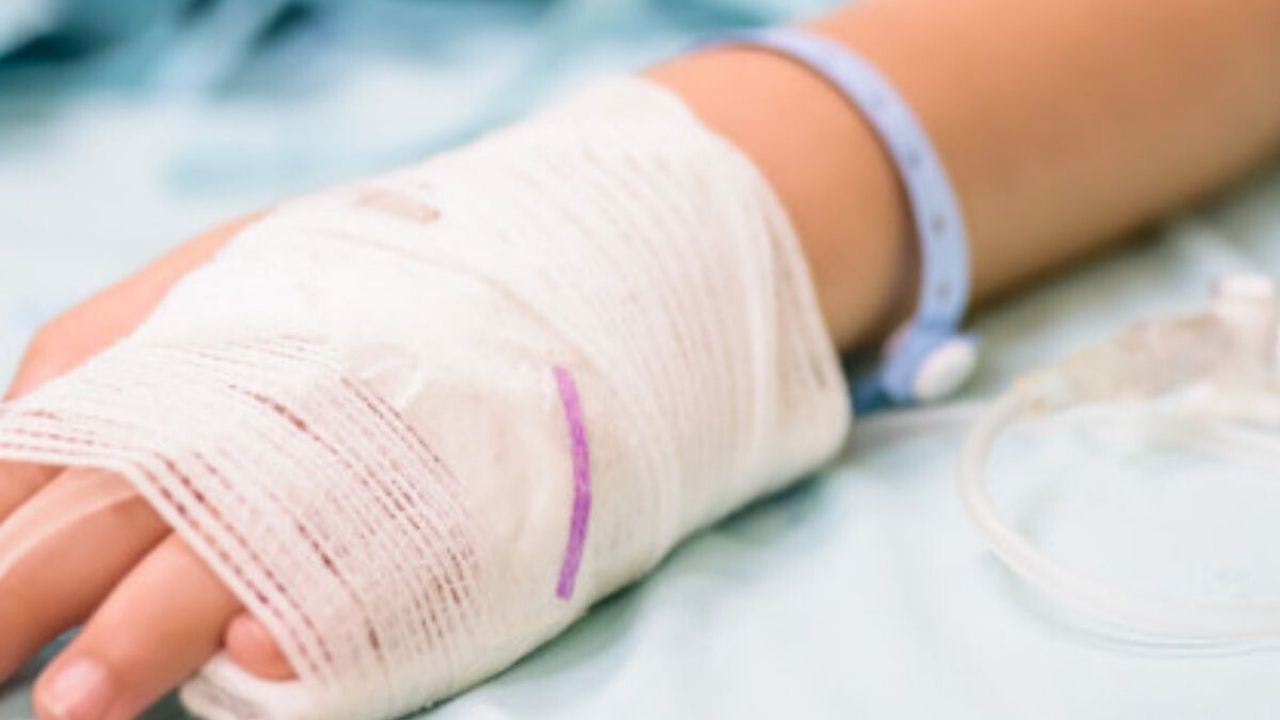May 18, 2020
2m 13s
Share:
Electrical contact burns are more severe than other contact burns. Low-voltage injuries (‹1000V) are commonly seen in children younger than six years of age, while high-voltage injuries (› 1000V) occur in older children and adolescents. Soft injuries are devastating and surgically demanding. Skin grafts and flap coverage are common wound management strategies for these electrical burns.
Traditionally practiced surgical treatments are escharotomy or fasciotomy, excision debridement, and limb amputation. Early fasciotomy was traditionally used to treat compartment syndrome caused by deep muscle necrosis and tissue edema. Despite early fasciotomy or escharotomy as a limb saving measure, there are still cases of limb amputation.
Electrical injuries represent 16% of the total burns in the pediatric population in Argentina due to domestic accidents. This according to data from 2014 to 2018 provided by the statistical division of the Hospital de Quemados de Buenos Aires, an important burn reference center.
Case report
We present a case of electrical injury admitted to the Hospital de Quemados in Buenos Aires, Argentina. It was treated with Hyperbaric Oxygen (HBOT) at 1.45 ATA as adjuvant therapy.
A 2-year-old girl entered the emergency room with a low-voltage electrical injury. She was examined on the second day of the injury. The injury was caused by a domestic accident due to the explosion of a cell phone charger. There was necrosis of the thumb of the right hand with 0.2% burn (0.1% type AB and 0.1% type B) Group II with marked necrosis in the first phalanx without compartment syndrome. The finger was cold, sensations to touch and pressure were decreased and active movement was limited. The patient had an indication for thumb amputation and was referred to the Plastic Surgery Medical Unit.
Before HBOT, it was performed an escharotomy after 24 hours of admission at the hospital. After that was treated with papaine and carbopol prepared in the hospital (commonly used in 3rd degree burns) and propolis (an ingredient commonly presented in small quantities in honey).
Three total debridement procedures were performed and HBOT was applied for 60 minutes twice a day for three days. A Revitalair 430 hyperbaric chamber and a working pressure of 1.45 ATA were used.
Laboratory parameters were normalized during the 39 days of admission and the patient was hemodynamically stable at all times.
The wound was well granulated and infection-free without antimicrobials after 6 sessions of HBOT and surgical procedures. However, the necrotic distal phalanx was amputated. As tissue coverage was measured, an autologous skin flap from the abdominal tissue division was made in combination with autologous platelet concentrate and topical mupirocin.
After 10 days, due to the girl's uncontrolled movement, the flap failed and dehiscent and distal necrosis occurred. A second skin flap was successfully performed, epithelialized, and released after 4 weeks in the hospital. Only one necrotic tissue cleaning was performed.
After discharge, the treatment was fusidic acid and topical betamethasone. Subsequently, the patient was transferred to a rehabilitation unit to rigorously continue physical therapy of the hand for future reconstructive surgery necessary to achieve movement. The patient performed only 6 sessions of HBOT before amputation (which was limited to the first phalanx instead of the total finger) and 3 sessions after the second autologous skin flap.
Read the full paper here: https://www.sciencedirect.com/science/article/pii/S2468912220300237
Share:
Related
View cookie policy.


